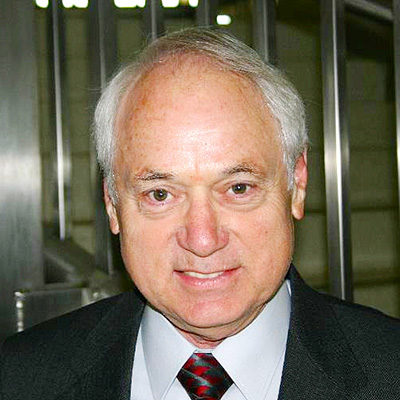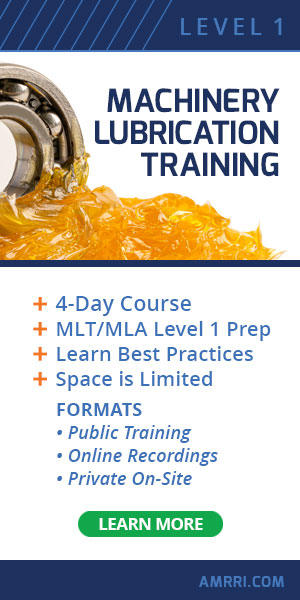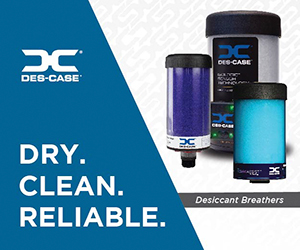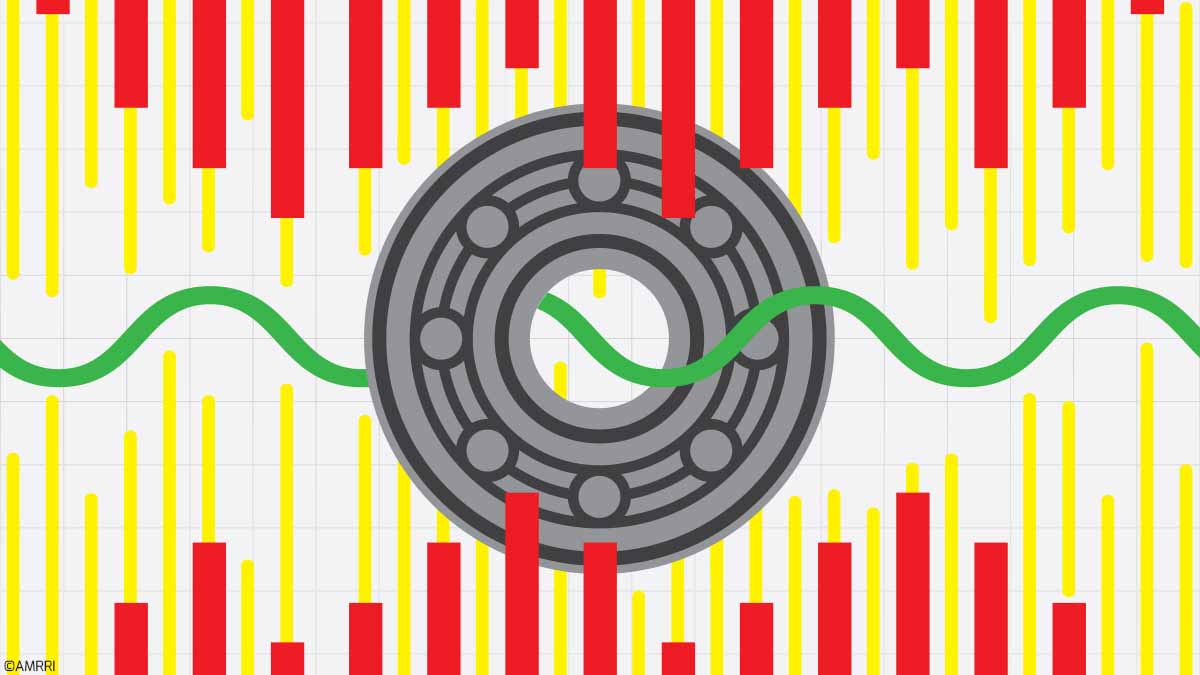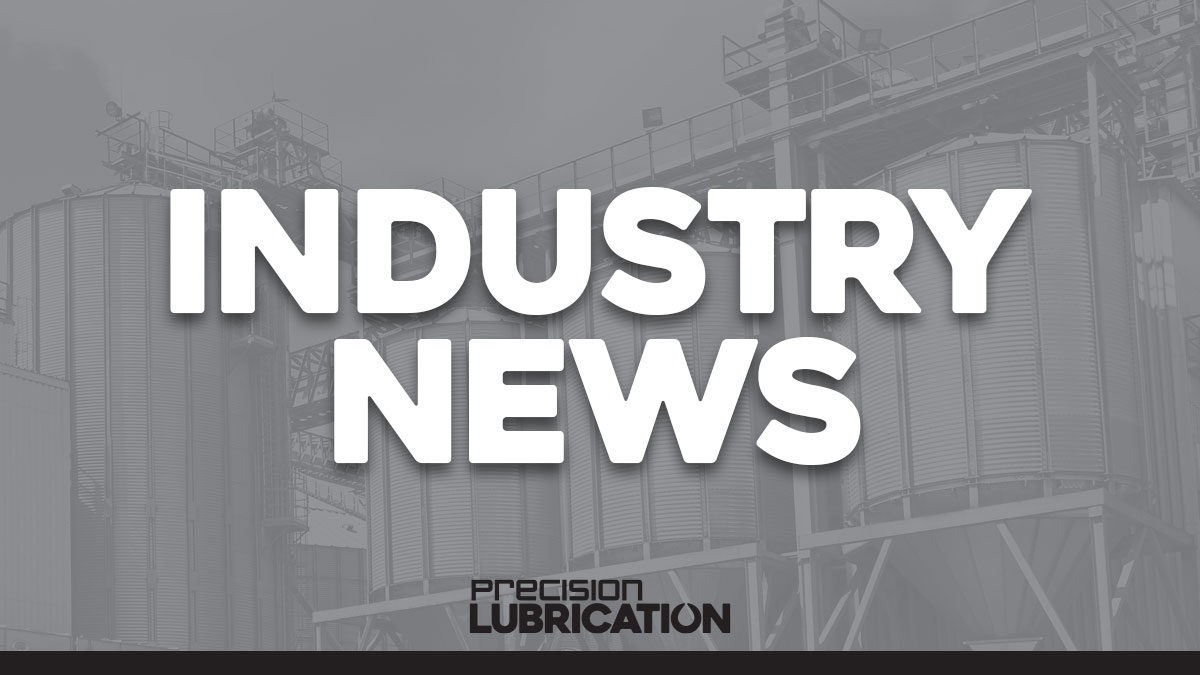It would be overly optimistic or even a bit naïve to assume that all lubrication-related design decisions made by the equipment manufacturer best serve the end-user’s long-term interests. Understandably, cost competitiveness will have been foremost on the manufacturer’s mind. After all, many machines are continuing to be purchased with initial cost as the primary (if not only) criterion. These machines are candidates for upgrading.
A modest upgrade today can prevent a cascade of costly failures tomorrow.
Paying a small incremental added charge for an upgrade makes far more sense than upgrading after many repeat failures. Upgrading at the specification stage is possible if the writer of the spec is knowledgeable. That’s important. Knowledge is a quality that builds up; lack of knowledge leads to decay in every sense of the word.
What Causes Lubricants to Degrade
Upgrading to superior lubricants, protecting lubricants from premature degradation, and improving the method by which lubricants are delivered to bearings is often feasible and desirable. Occasionally, “naysayers” argue that lubricants never wear out, but they’re wrong.
Lubricants can suffer from gradual depletion of additives, contamination, or the effects of excessive temperatures. Water causes partitioning, essentially a separation of molecules from certain beneficial additives. Water and dust particles combine to form sludge. Common sense tells us that issues with lubricants can render the fluid unserviceable to the point of initiating catastrophic machine failures.
When Manufacturers’ Standards Aren’t Enough
Experience also indicates that manufacturers are satisfied if, in their view, “traditional” maintenance frequencies or intensities are carried out. Similarly, a vendor-manufacturer may be satisfied if, of the 100 machines delivered to their Customer X, only 95 are reaching the industry average life of, say, three operating years. Thus, in this hypothetical case, out of every 100 machines, five would experience avoidable failures within this time.
Even a small percentage of avoidable failures can drain a maintenance budget fast.
But suppose that, in this arbitrary example, Customer Y has all 100 of his machines exceed the industry average, and they operate for three years before one of them needs a repair. In that case, Customer X will spend money on repairs while Customer Y has no such expenses or outlays. Chances are that Customer Y is more successful because it implemented suitable upgrades, and Customer X should consider upgrading.
Consider this our way of claiming that our text deals with eliminating the 5% of “elusive” repeat failures. Arguing that traditional methods and practices still suffice is a bit like pointing out that people can still get from one place to another in a 1915 Model T Ford automobile.
While agreeing with that statement, we would have no difficulty explaining and accepting that a 2021 mid-size Ford automobile will better serve our low-maintenance cost and high-reliability goals.
Elusive pump failures are, in all probability, consuming a disproportionate amount of the maintenance budget. Years ago, the author compiled statistics that placed from 7% to 10% of a facility’s process pumps in the frequent failure (or “bad actor”) category. Typically, approximately 60% of the maintenance budget for equipment category process pumps is consumed by the 7% to 10% low-performing population.
Cost-Justifying Upgrades
An empirical assessment makes the conservative assumption that a simple available upgrade measure will extend safe operating life by factors ranging from 1.1 to 1.4, that implementing two available upgrade measures would extend safe operating life by factors from perhaps 1.5 to 2.5, and that three low-cost improvement measures would move pump operating lives to multipliers in the range from 2.6 to roughly 3.3.
These approximations are often used in initial cost justification calculations; they have usually yielded reasonably close results. Proceeding with upgrade plans is considered justified if payback is obtained within 18 or fewer months.
The right upgrades can double or even triple a machine’s operating life.
Another rule of thumb uses an exponential approach. That rule states that if a fully upgraded machine has a reliability of 1.0, then one missed upgrade will lower the reliability to 90% of 1.0 = 0.9; two missed upgrades to 90% of 0.9 = 0.81; three missed upgrades to 90% of 0.81 = 0.73; four missed upgrades to 90% of 0.73, equaling only 0.66, and so forth.
We consider this elementary rule of thumb rather optimistic. Actual achieved reliability with four deficiencies is probably less than 50% of what would be achievable with better bearings, better mechanical seals, better couplings, better constant level lubricators, or whatever other upgrades are available and within reach.
Then, there is a third rule of thumb worth sharing. Again, a reasonable assumption is made; a probable 20% improvement in failure avoidance, or repair cost reductions, or life extension is thought to result from each upgrade. In that case, an upgrade will move the equipment reliability from 1.0 to 1.2; a second (different) upgrade would capture 1.22 = 1.44; further upgrades would be 1.23 = 1.73, and 1.24 = 2.07.
The implementation of four proven upgrade measures would cause the MTBR (mean time between repairs) to be extended slightly beyond twofold. Yearly repair expenditures would be one-half of what they were before; workers previously laboring on repairs would now spend time on repair avoidance tasks. Safety would improve, community goodwill would be boosted, and worker morale would also increase.
Turning Calculations Into Action Plans
Making good use of shortcut calculations is encouraged by a good management team. Good managers routinely ask responsible staffers to accept responsibility for cost justification and advocacy of reliability improvements that yield rapid payback. These employees would be encouraged to become familiar with the above three reasonably accurate shortcut calculations. In turn, these employees would accept the task of engaging in 12 management-sponsored actions and pursuits:
- Define equipment operating capability (reliability) limits to prevent lubrication-related failures adequately.
- Develop lubrication strategies sufficient to maintain equipment operation and availability within specified limits.
- Prioritize detection of limit deviation and definition of response criteria according to known or anticipated failure intervals and consequences.
- Enforce and own the policy and procedures for lubrication-related reliability-limit changes.
- Document the approval of new and changes to existing lubrication-related reliability limits.
- Establish lube-application-related limit documentation and ascertain access capabilities to retain lubricant performance limit, its purpose, and its history.
- Set expectations for upgrading equipment assigned to limit monitoring points and assist in creating effective contingency plans for maintenance deviations.
- Track and monitor limit compliance by contractors and the end-user company’s personnel.
- Investigate chronic limit deviations to detect and address potential constraints that might degrade business value.
- Communicate program performance measures on a routine basis (percent in control, chronic limit deviations).
- Reconcile lubricant-limit performance against turnaround maintenance inspection results.
- Audit reliability-limit database integrity.
Why Strategic Upgrades Pay Off Long-Term
We have learned that best-in-class companies have institutionalized the study and dissemination of best-practice lubrication details. But we have also learned that the decision to upgrade one’s method of lube application often depends on the equipment manufacturers’ input. Likewise, the decisions are at least influenced by the ranking that experienced users assign to these applications.




